J
JDUB916
Guest
This is a pretty dope rendering of the FT-86!!!! :top:
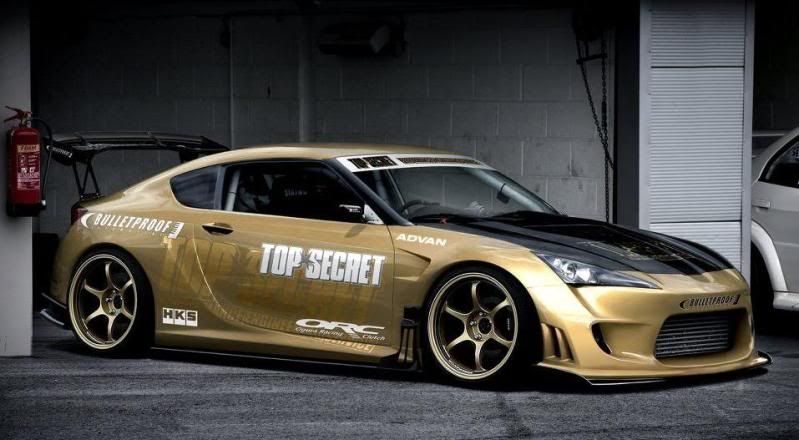

By registering with us, you'll be able to discuss, share and private message with other members of our community.
SignUp Now!

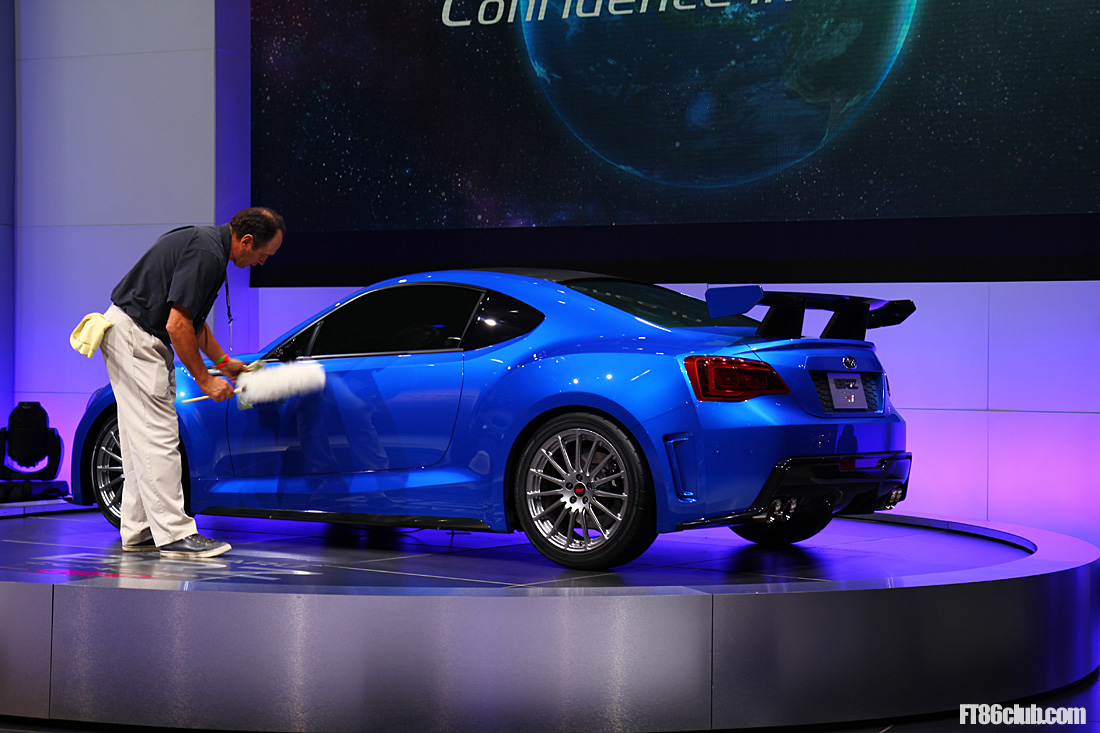

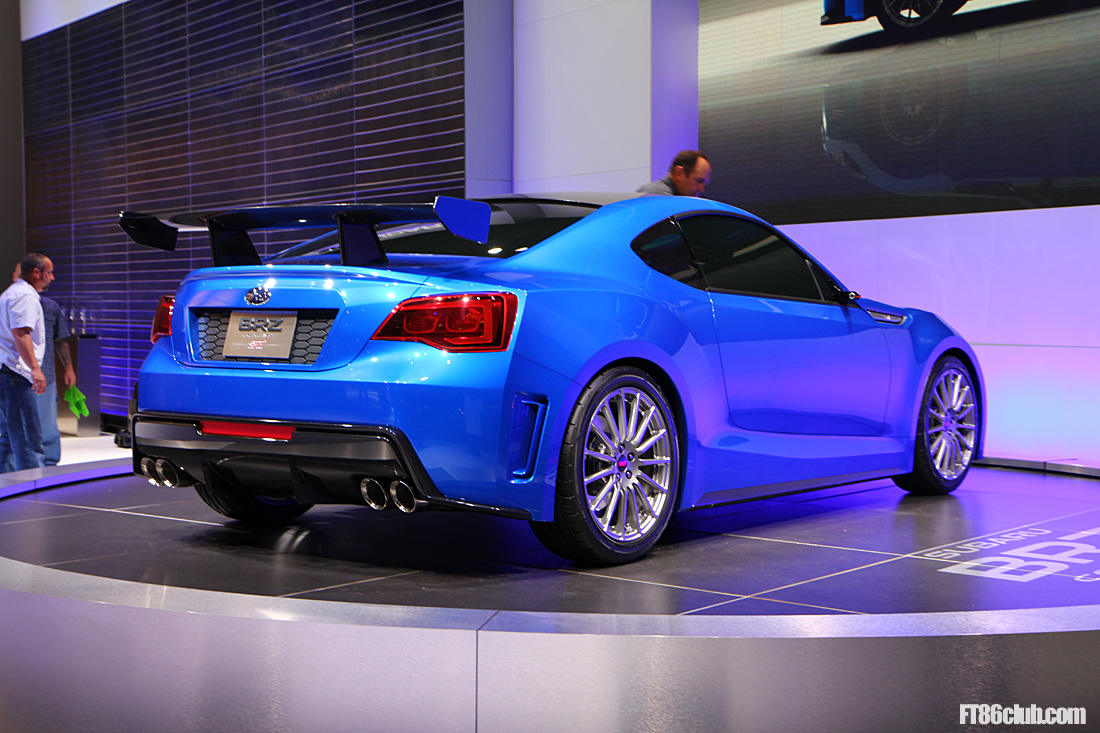
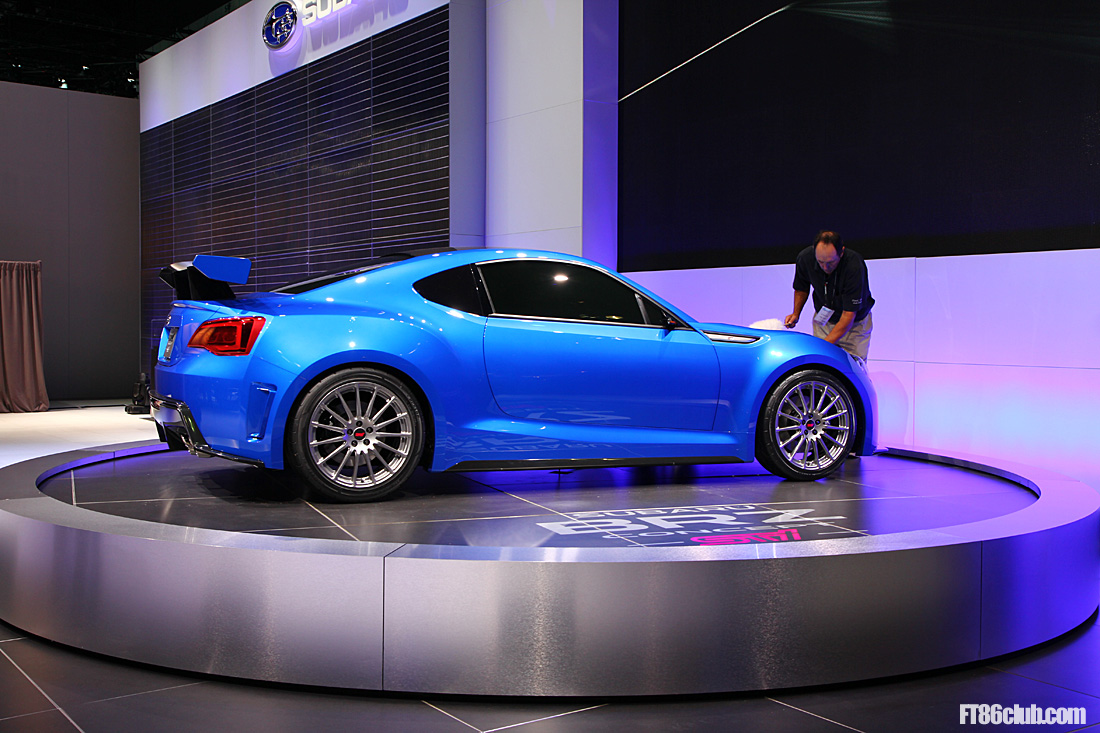

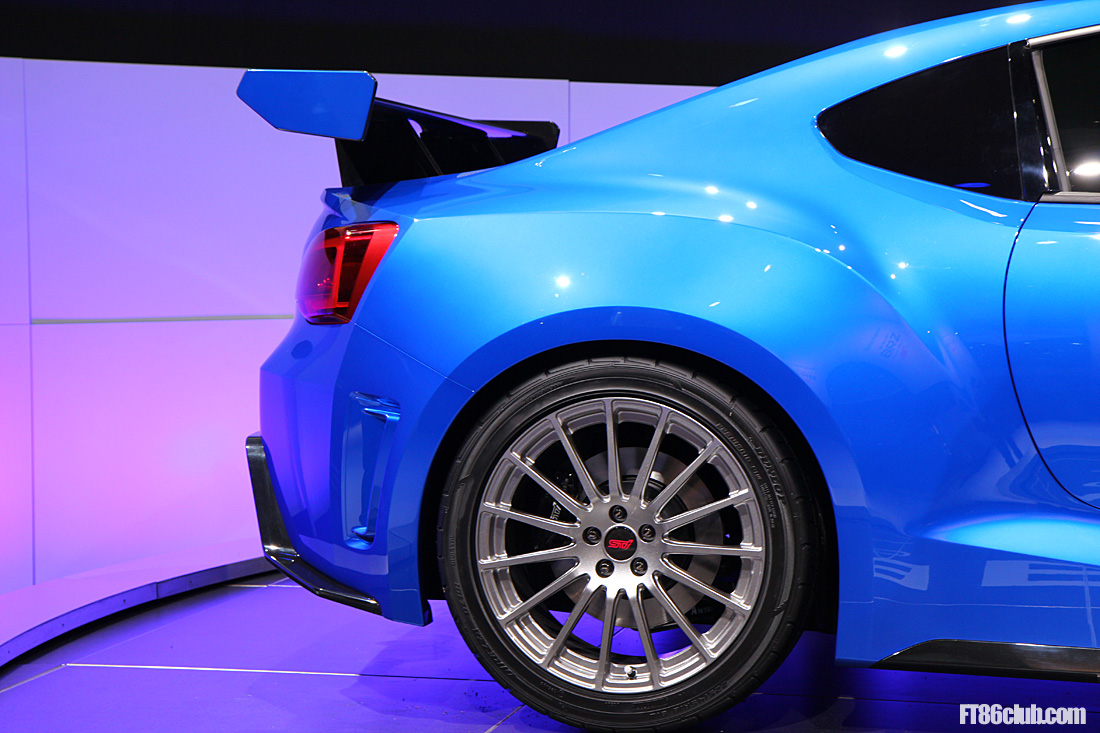
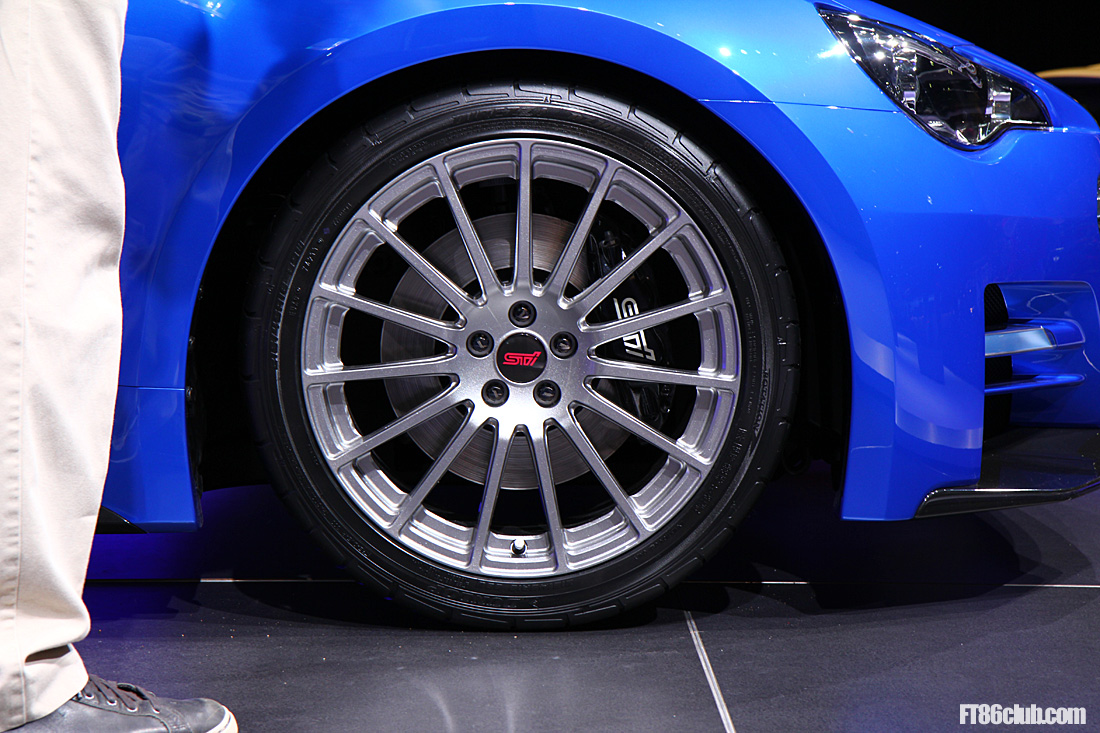
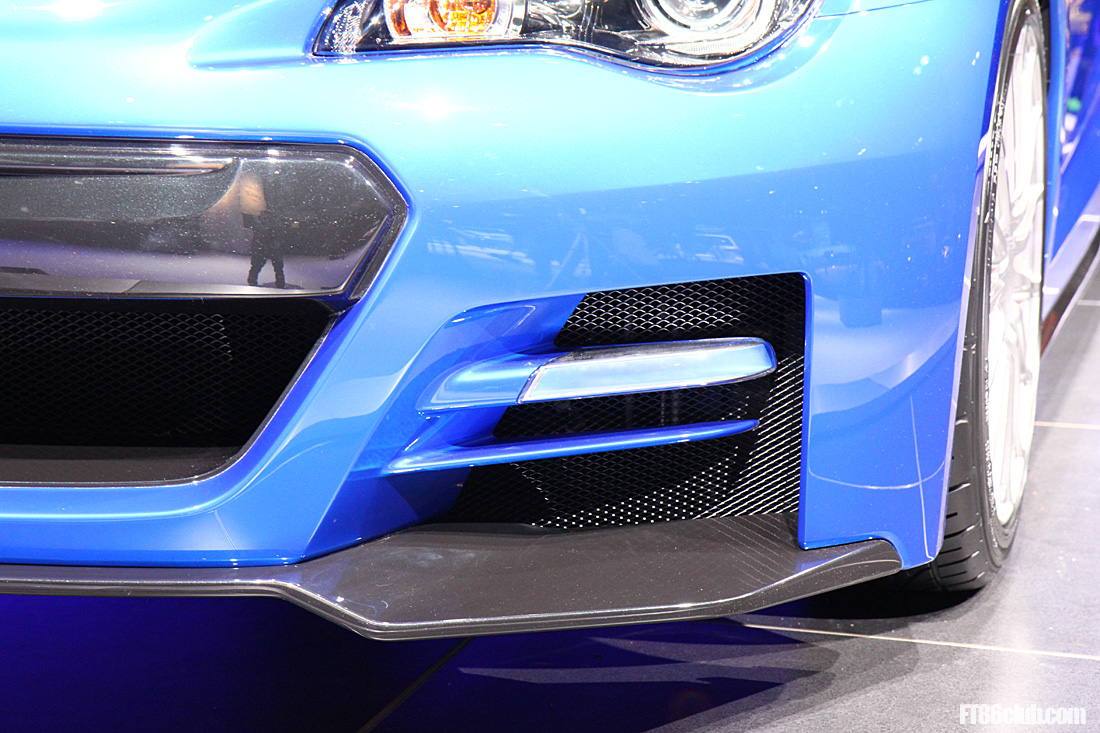
OOH GOD. I have a funny feeling it's gonna use our transmission. Those dumb bastards.
It seems that even the mainstream automotive press are in a frenzy over this car and trying to make a story out of anything:
http://www.autocar.co.uk/News/NewsAr...llCars/260343/
Personally I'm not that fussed about a more powerful version, but I know that there are people who would be.
Quote:
Hot Toyota GT 86 planned
Toyota is already hard at work evaluating a high performance version of the new Toyota GT 86 sporting coupe. Chief engineer Tetsuo Tada says that not only is a supercharged GT 86 envisaged, test cars have already been made and are being evaluated by Toyota Racing Developments, the Japanese giant’s in house tuning division.
Tada-san favours the supercharger approach because it is simpler to achieve than increasing engine size and doesn’t wreck throttle response as turbocharging might. Indeed Toyota says that turbocharging along with four-wheel drive and wide tyres are what make sports cars boring to drive.
Supercharging is also a key competence for TRD which has been offering this kind of forced induction as an aftermarket kit for Toyotas since 1998. He would not be drawn on what kind of power a supercharged GT 86 might develop but Toyota is known to consider the car’s chassis could easily handle an additional 50bhp to go with the 197bhp already generated by its Subaru 2-litre flat four motor, a view with which, having driven the car, we wholly concur. However he says the TRD is also looking at ways of modifying the suspension to cope with the extra power, raising the possibility of a still more substantial power hike.
TRD’s most popular supercharger conversion is applied to the American market Tacoma pick up, boosting its 4-litre V6 engine from 233bhp to 301bhp suggesting that a 280bhp GT 86 with, critically, a massive boost in the low down torque the car currently lacks would be easily achieved. Even in the unlikely event that all the modifications added 100kg to the weight of the car, its power to weight ratio would still at least equal that of the 326bhp Nissan 370Z, a car capable of hitting 62mph from rest in 5.3sec and recording a top speed of 155mph. The standard GT 86 needs around 6.8sec and does 143mph. It is not yet known whether, if approved, the supercharged GT 86 would be offered as an aftermarket pack or as a model in its own right.
Tada also confirmed that it was so important to his team that even the standard GT 86 drifted properly that special tests were incorporated into the car’s development programme specifically for this purpose, ‘the first time this has ever been done on any Toyota.’
Slay0r said:so they're thinking about dropping the 1gr-fe w/ trd s/c in the gt 86/fr-s for their premium model?
Mr Tada said clashes with Subaru surrounded Toyota’s insistence on the use of new direct-injection technology
http://www.goauto.com.au/mellor/mell...25795D0021A2BF
Then we have Toyota alone to blame for this car not being as tunable as it could be.
Although one could also say Subaru should have stuck to their guns.
Full article:
Quote:
Rear-drive coupe wouldn’t exist without Toyota but Subaru engineers claim major role
5 December 2011
By HAITHAM RAZAGUI in JAPAN
COMMENTS made at the Tokyo motor show by Subaru Australia managing director Nick Senior about the BRZ coupe – which was co-developed with Toyota, whose almost-identical version is badged GT 86 – have apparently opened old wounds from the project’s tumultuous early gestation days.
It has been reported that Toyota’s chief engineer on the sportscar program, Tetsuya Tada, hit back at Mr Senior’s comment that the BRZ – and by association the GT 86 – “is a Subaru through-and-through” owing to the cars being largely engineered by Subaru and produced in its factory.
Both cars are based around Subaru’s trademark ‘boxer’ (flat-four) engine and ride on a new, Impreza-inspired chassis with an interior displaying many of the brand’s hallmark features.
But neither would exist were it not for Toyota’s decision – led by petrolhead president Akio Toyoda – to develop a fun, rear-drive, affordable coupe that would help the company move away from its pipe-and-slippers image.
At last weekend’s preview drive event for the BRZ in Japan, Subaru general manager for product and portfolio planning Toshio Masuda showed journalists the coupe’s project timeline, which attributed product planning and styling to Toyota but the majority of the coupe’s gestation period, including engineering, development and production, to Subaru.
Mr Masuda described the meeting of minds between the two brands as having a goal of “one plus one equals three”, but Mr Tada said Toyota was initially met with resistance from its subsidiary.
Mr Tada said clashes with Subaru surrounded Toyota’s insistence on the use of new direct-injection technology that would yield Toyota’s target specific output of 73.4kW per litre from the flat-four engine.
Toyota claims to have identified the horizontally-opposed engine architecture as a key way of achieving the car’s low centre of gravity, while the company’s 2008 decision to double its stake in Subaru from eight to 16 per cent coincided with a Subaru project to develop the latest FB boxer engine design that debuted in the Forester earlier this year.
Mr Masuda’s project timeline gave both Subaru and Toyota equal responsibility for sales and marketing but apparently in return for initiating and largely funding the program – as well as contributing direct-injection expertise, steering and transmission components – Toyota has since 2009 been gaining publicity for its version of the sportscar through several iterations of its FT-86 concept.
Subaru, on the other hand, only offered its first two glimpses of the BRZ at the Geneva and Frankfurt motor shows this year, as transparent-skinned teasers that showcased the car’s drivetrain and chassis components.
The first clue as to the BRZ’s styling did not surface until this year’s Los Angeles auto show, when it appeared in STI concept form only a couple of weeks ahead of the car’s official unveiling at Tokyo.
Toyota also beat Subaru to unveiling the car in final production form and offered journalists an unrestricted drive in undisguised cars on its Fuji race circuit, while Subaru invitees were later offered a short drive in camouflaged prototypes under controlled conditions at its proving ground.
No doubt his has a lot to do with Toyota’s considerable marketing might and the 86 will naturally outsell the BRZ due to Toyota having far greater global presence.
However, Subaru arguably has the stronger following among car enthusiasts – a sentiment shared by the team of Subaru officials present at the preview drive – due to its success in rallying and the resulting rally-bred WRX and STI product lines.
The sportscar project started life in 2007 with a shortened Liberty sedan that was converted to rear-wheel drive as a proof-of-concept mule, which, according to reports, Mr Tada claims he commissioned as a way of getting Subaru on board.
Subaru had the Liberty mule on display at the BRZ drive event, alongside a more recent Impreza prototype that represented the final development stage before work on the all-new platform began, which was tested in Japan, the US and Europe – including the Nurburgring.
Toyota’s brief for the sportscar was to achieve driving pleasure through light weight and a low centre of gravity, which increases stability, limits body roll and reduces load on the outside tyres during cornering while reducing the need for stiff suspension and an aggressive tyre design – with the side-effect of better ride comfort.
Subaru manager for global marketing Atoshi Atake said for a road car to achieve a centre of gravity lower than 500mm was impressive, but the BRZ’s is 460mm, which is among the lowest of any current passenger car, beating the Mazda MX-5, RX-8, BMW M3, Volkswagen Golf R and Subaru WRX STI.
The new 2.0-litre engine is based on the FB unit that will power the new Impreza and XV but with tweaks including the aforementioned Toyota direct-injection system, a square 86mm bore and stroke (84x90mm for Impreza), 12.5:1 compression ratio and 7400rpm redline.
Subaru engineers told GoAuto the engine’s revvy nature and peaky power delivery make it best suited to lightweight sportscar applications such as the BRZ but that lessons learned from its development will certainly make their way under the bonnets of future products.
Positioned 120mm lower and 240mm further back than in the new Impreza, the engine is integral to achieving the BRZ’s low centre of gravity and contributes to a 53/47 per cent front/rear weight distribution (measured with two front occupants on board).
The flat-four was flattened further by shaving 65mm from the height of the inlet manifold, 19mm from the 4-2-1 exhaust headers and fitment of a low-profile sump.
Engineers claim the space-saving, shorter, front-facing intake tracts (Subaru engines usually have a rear-facing intake) also resulted in a sportier throttle response.
Unlike most Subarus, which position the battery ahead of the engine, in the BRZ it is located as far back as possible, while the radiator is tilted 17 degrees, further aiding a low centre of gravity while enabling a short front overhang.
The low, rearward positioning of under-bonnet components also helped produce a sleek and low front end while complying with pedestrian impact legislation. Subaru claims the use of aluminium in the bonnet also aids pedestrian protection in addition to the obvious weight-saving benefits.
Subaru deputy general manager for corporate communications Masashi Uemura said the company is likely to increase its use of aluminium and even carbon-fibre in future products, pointing as an example to the carbon-fibre roof of the limited-edition WRX STI S206 also unveiled at the Tokyo show.
In the middle of the car, engineers paid keen attention to packaging the interior in a way that provided comfort and visibility for the driver while maintaining a low centre of gravity.
A perimeter-frame structure braced by the transmission tunnel enables a lower than average floor height while maintaining crash safety – Toyota is promising a five-star NCAP rating for the GT 86 – meaning front occupants sit with their hips just 400mm above the road.
In addition to further lowering the car’s centre of gravity, Subaru claims the low seating position also results in “minimising unnecessary body and eye movement caused by the lateral g-force when cornering, thus allowing precise vehicle control”.
At the back of the car, a “saddle-shaped” 50-litre lightweight resin fuel tank straddles the transmission tunnel in the deeply-recessed rear floor, while lightweight high-tensile steel is used to make the roof lighter.
Thin glass is used in the rear windscreen and rear side windows to further reduce weight above the car’s waistline.
The low-slung shape and sleek Toyota-penned lines – in addition to undertrays running beneath two-thirds of the car’s length, and vents in front of the tyres – contribute to a claimed aerodynamic drag coefficient of 0.27.
Front and rear suspension is classic Subaru, except the front MacPherson struts are directly connected to the stabiliser bars and are designed to be mounted lower while maintaining a long stroke for ride comfort, while the lower arms are attached to the chassis ahead of the wheels instead of behind them, which engineers claim better suits a rear-drive application and the repositioned engine.
Meanwhile, the Impreza-derived double-wishbone rear end uses a more rigid modified sub-frame to accept the larger, Lexus-sourced Torsen limited-slip differential.
The steering system has a quick 13:1 rack ratio and had to be designed around the low-slung engine. The Subaru-designed rack-and-pinion set-up is assisted by a Toyota-sourced column-mounted electric power steering system.
Both manual and automatic transmissions have six speeds and are sourced from Toyota subsidiary Aisin, with both tweaked for a more sporting character.
Subaru claims 80 per cent of the manual transmission’s internals are unique to the sportscar with the aim of achieving a “crisp and sporty” shift feel, while the automatic has revised software, paddle-shifters, a ‘sport’ mode and even a ‘snow’ mode for cold-climate markets.
At the BRZ drive event, the managing director of UK Subaru distributor IM Group, Andy Edmiston, told GoAuto the BRZ would be welcomed by British dealers, who unlike their Australian counterparts see much of their volume come from the brand’s performance offerings.
He said WRX and STI sales were now suffering from the high fuel consumption and CO2 emissions of Subaru’s powerful boxer engines, so the more efficient BRZ – which is expected to emit around 160 grams per kilometre – could not come soon enough.
As GoAuto has reported, Subaru Australia is yet to announce whether it will import the BRZ.
A representative of Subaru of America confirmed today that the company plans to build turbocharged versions of the 2.0-liter flat-four engine that recently made its debut in the companies all-new BRZ sports coupe – and in the Toyota 86/GT86 and Scion FR-S variants.
The new turbocharged variant will be based on the FA20 engine, which utilizes square architecture (86mm x 86mm bore and stroke) and the D4S port and direct injection fuel system co-developed with Toyota. FA series engines also boast more compact dimensions over the current FB-series of Subaru flat-flours that power the current line of Foresters.
The engines will be produced at the company’s Oizumi engine plant (where all Subaru engines are built) which is located at the Gunma Main Plant, where the BRZ and all Toyota/Scion variants are being produced. No details were released regarding turbo size, engine output, or future applications for the new powerplant (or which markets will receive it), but we’d have to think the BRZ would be on that list.
That doesn’t mean it will be the first application however. Earlier this year, Subaru released the all-new Impreza compact sedan and 5-door, recent product cycle history suggests that the all-wheel drive, turbocharged WRX variant is coming soon.
Does that mean the next generation WRX get the new FA20 turbo engine? Well it certainly would benefit from the compact dimensions of the FA20 and its claimed 30mpg hwy fuel efficiency rating (as a naturally aspirated starting point). Back when the Impreza was launched, Subaru did mention how it wanted to increase differentiation between the Impreza and WRX lines, so this could be the way; Impreza retains FB series engines (larger, oversquare architecture without D4S direct injection to keep costs down), WRX/STI gets the more compact (for better handling) D4S equipped FA20.
Whether the new engine comes in a WRX, BRZ, or another Subaru application, we’re always happy to see more turbos hit the market.
Read more: http://wot.motortrend.com/subaru-co...rsion-of-brz-engine-143015.html#ixzz1fmzCcPeX
Hks developing supercharger system with a Rotrex blower... Can't wait to see that puppy.
I love these cars but I just can't see spending $26,000 for the car when it looks like the 0-60 is expected to be around 6.7 seconds and 1/4 mile in around 14.5. Just doesn't make a lot of sense to have to spend the $26k and then dump $4-5k more to make it go fast. Shrug.
Sounds like an X-runner......